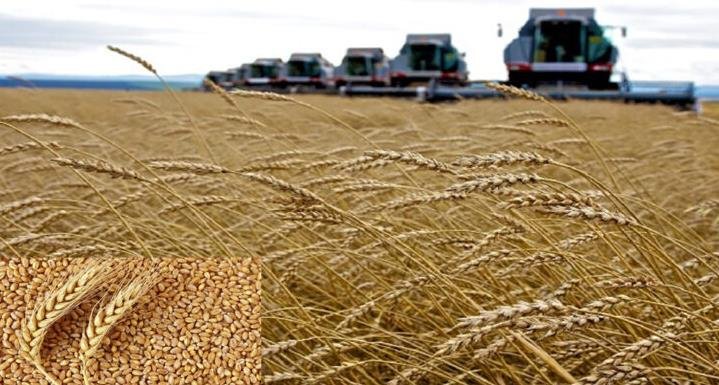The latest issue of the JRC MARS Bulletin – Global Outlook on Russia, published by the Joint Research Centre (JRC) of the European Union, provides an overview of the crop growing conditions and yield forecasts in Russia for 2023. The bulletin reports that most of the winter and spring cereals in European Russia have a positive yield outlook, while some regions in Asian Russia face challenges due to drought and excessive rainfall.
Favourable weather conditions in European Russia support winter cereals
According to the bulletin, mild temperatures and adequate rainfall sustained a high yield potential for winter cereals in southern and south-western regions of European Russia. The winter wheat harvest is expected to be well above the five-year average, but below last year’s record level. The bulletin also notes that wet conditions hampered the harvesting of both winter and spring cereals, raising concerns about grain quality.
The yield outlook for spring cereals is average, as favourable weather conditions during flowering and grain filling offset the negative impact of a dry and warm start to the season. The bulletin states that grain maize in western regions benefited from favourable conditions during flowering and early grain filling, but hot and dry conditions in August reduced the yield potential. However, the overall yield outlook for grain maize is above the five-year average and last year’s level.

Drought and excessive rainfall affect spring cereals in Asian Russia
In Asian Russia, where winter cereals and grain maize are of minor significance, a persistent rainfall deficit in eastern parts of the Ural okrug and western Siberia negatively affected biomass accumulation and early grain filling in spring cereals. Other parts of Asian Russia experienced more seasonal weather conditions. However, frequent and abundant rains hampered (and continue to hamper) the harvest in numerous regions, resulting in below-average yield outlook and grain quality concerns for spring cereals.
The bulletin also provides information on crop development in other regions of the world, such as North Africa, Ukraine, Kazakhstan, and Turkey. The JRC MARS Bulletin – Global Outlook is issued twice per year and aims to provide timely, independent, and high-quality information on crop growing conditions and quantitative crop yield forecasts in countries at risk of food insecurity.
The JRC MARS Bulletin is based on analysis of weather-driven crop model results and Earth observation data. Much of the underlying information is publicly available in the form of maps, graphs and data files via the JRC AGRI4CAST Toolbox.
